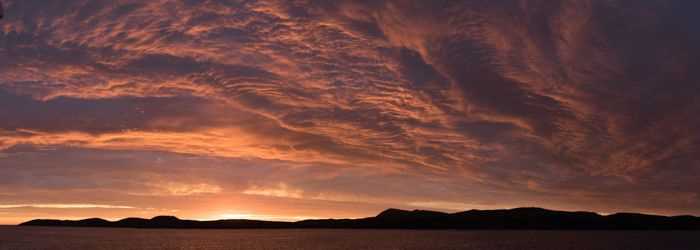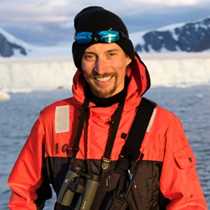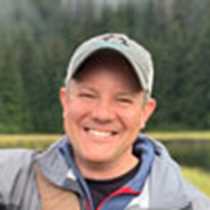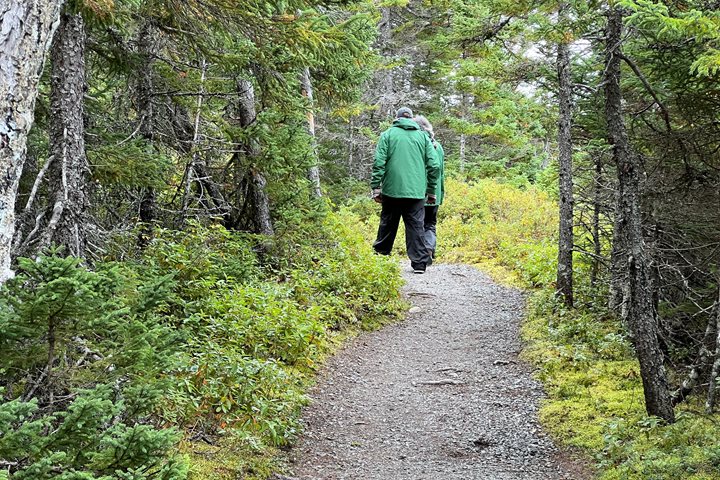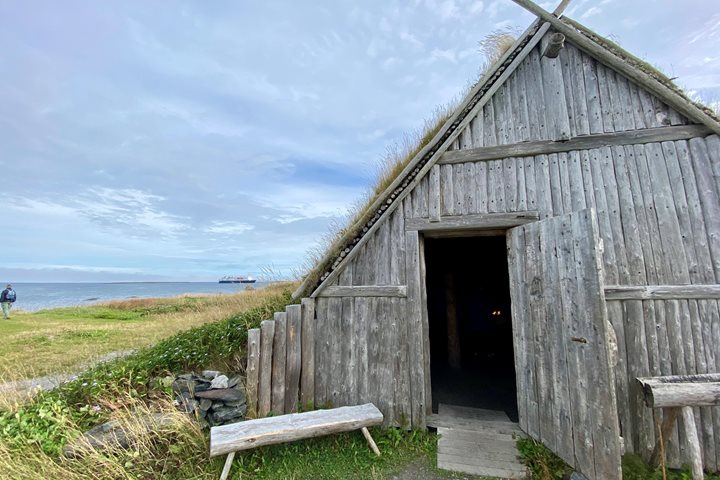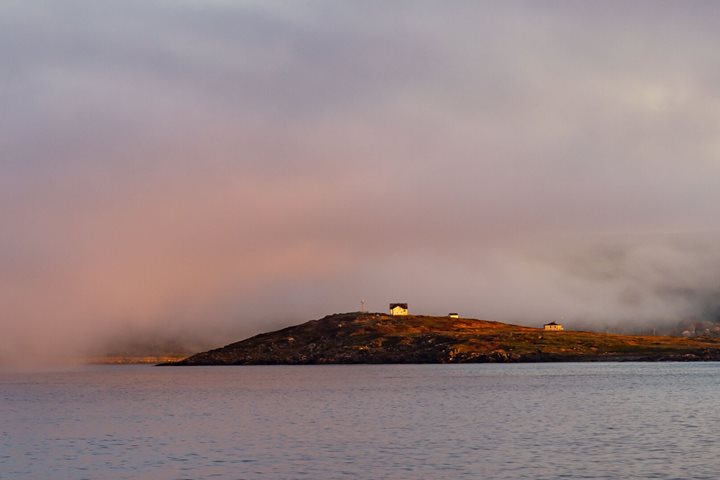The National Geographic Explorer set anchor in one of the most important sites in human history this morning, and the superlative nature of the visit was echoed throughout the heavens by a glorious celestial salute in the form of a sunrise worthy of an early wake-up call. As the fire in the sky gave way to the luminous day glow, we boarded our Zodiacs and made landfall at the very sight where the first Europeans to set foot in the Americas landed. As far as history can tell us, this completed the circumnavigation of the human race, and finally closed the circle of global migration. We first visited the visitor center to learn about L’Anse Aux Meadows, then the archeological site itself, and finally a recreation to give us a sense of what the camp might have looked like. For lunch we sped off and were treated to either a Viking feast (complete with a show) or a seafood sampler. Last in our epic day of discovery we visited Grenfell and took in some local history.
9/29/2024
Read
National Geographic Explorer
Terra Nova, Newfoundland
We dropped anchor deep into one of the fingers of Bonavista Bay to explore Terra Nova National Park, Canada’s most eastern parks, whose name is derived from the Latin for Newfoundland. The highly popular park abounds with forested hills, bogs, ponds, and wetlands all inhabited by a plethora of small and large mammals, migratory birds, and of course, plants. Remains of the ancient Appalachian Mountains provide a textbook of geological features, and the accessible seashore offers much for intertidal enthusiasts. In overcast and cool weather, we had the usual offerings of hikes: a casual loop emphasizing plant interpretation, an intermediate hike along the shore and forest, and a strenuous hike through the forest and over innumerable roots designed to challenge foot dexterity and agility. We returned to National Geographic Explorer for lunch, then back to the park for independent exploration and to hear a spirited performance by Rum Ragged, an award-winning Canadian folk music group from Newfoundland and Labrador. The quartet’s use of bouzouki, fiddle, bodhran, banjo, guitar, button accordion, combined with striking harmonies and storytelling, created a truly unique auditory and visual experience. The evening (and voyage) concluded with the traditional captain’s dinner and guest slideshow. Future National Geographic photographers, perhaps?

